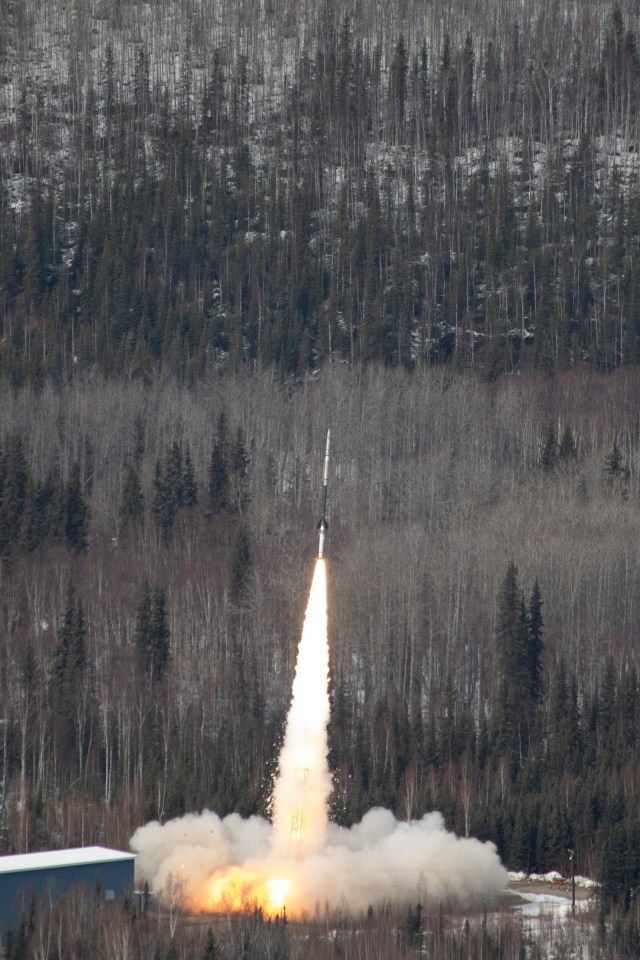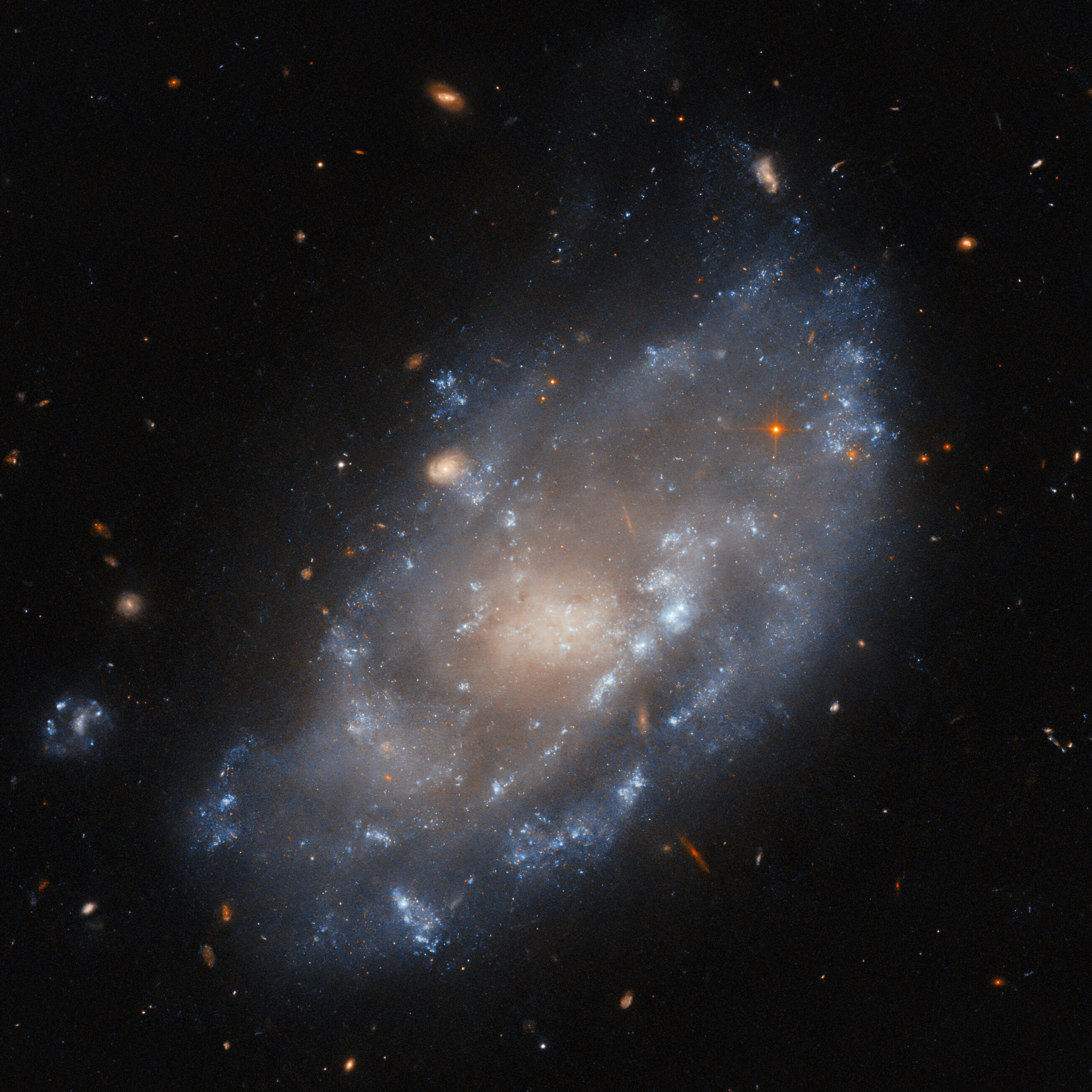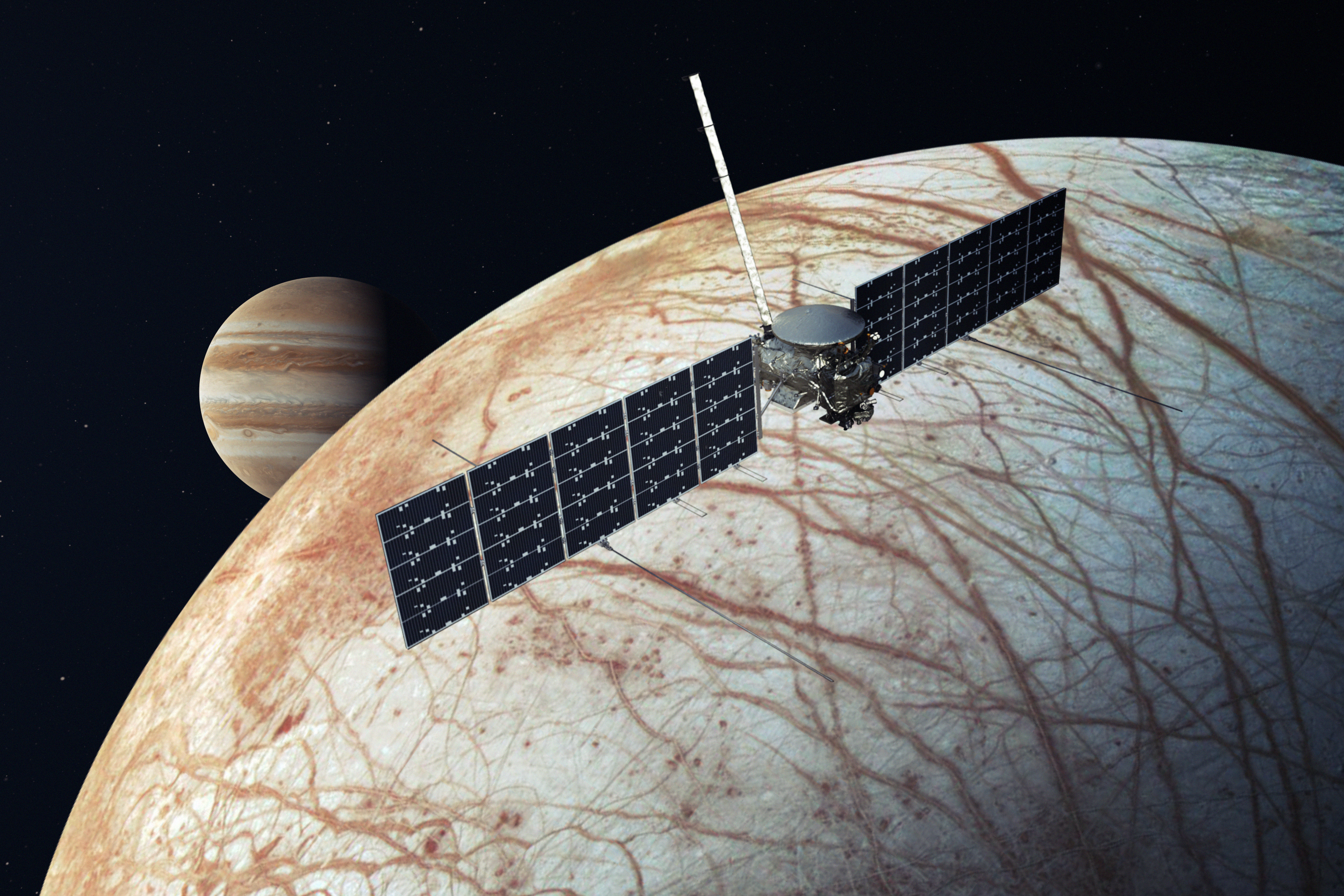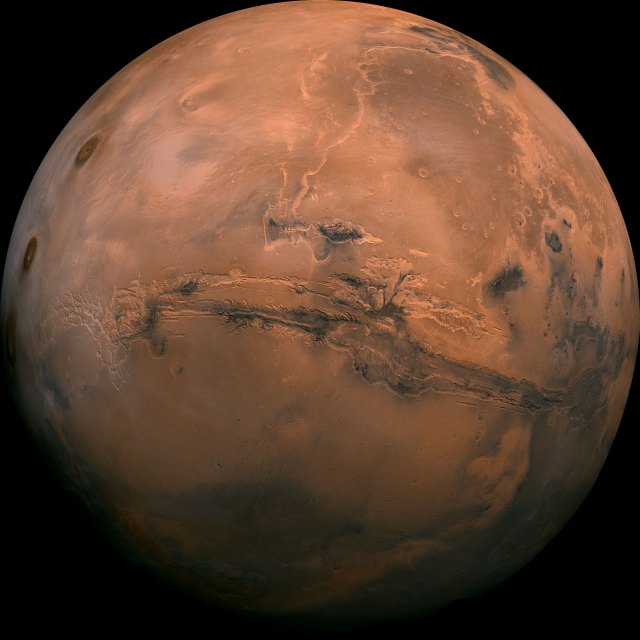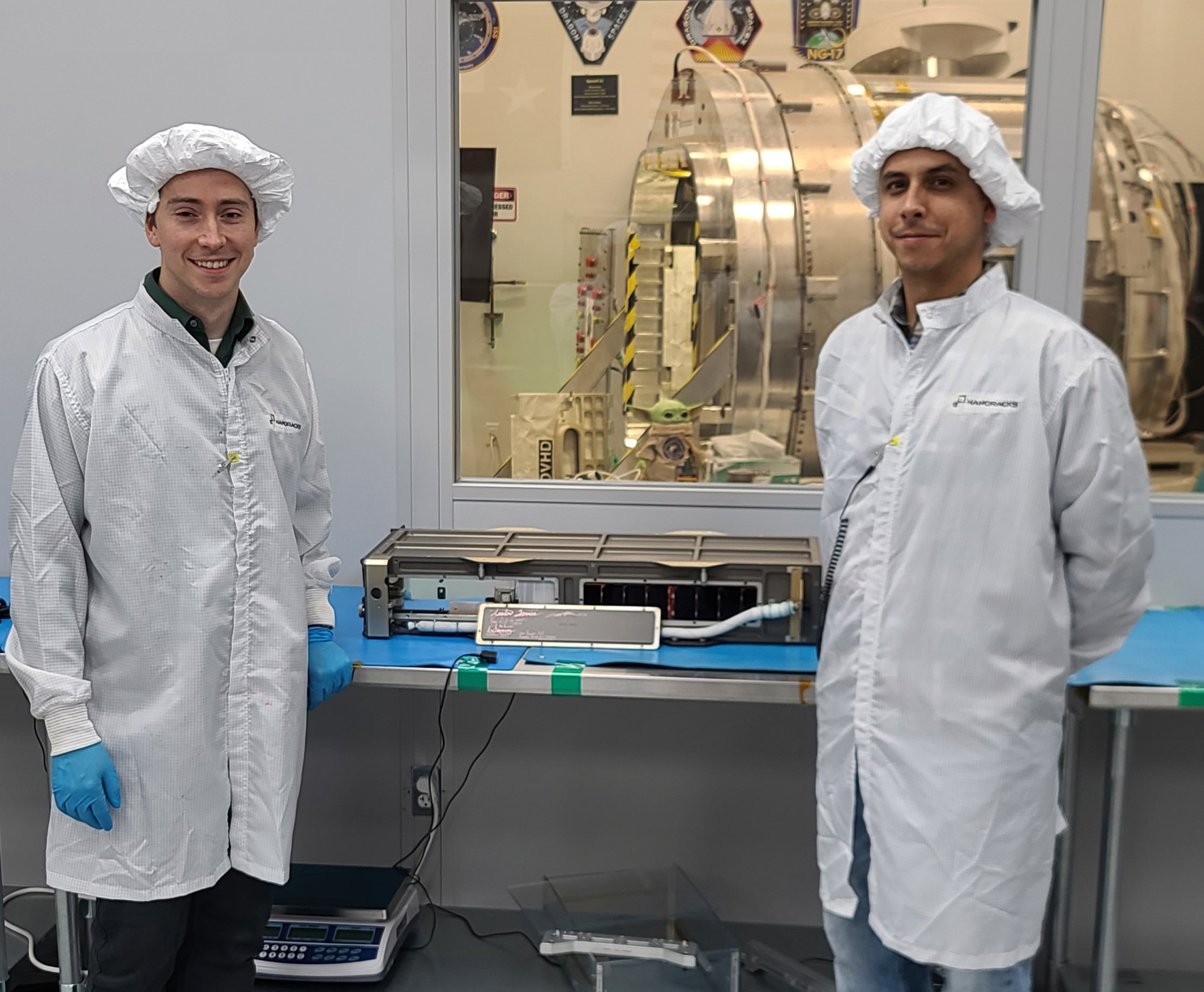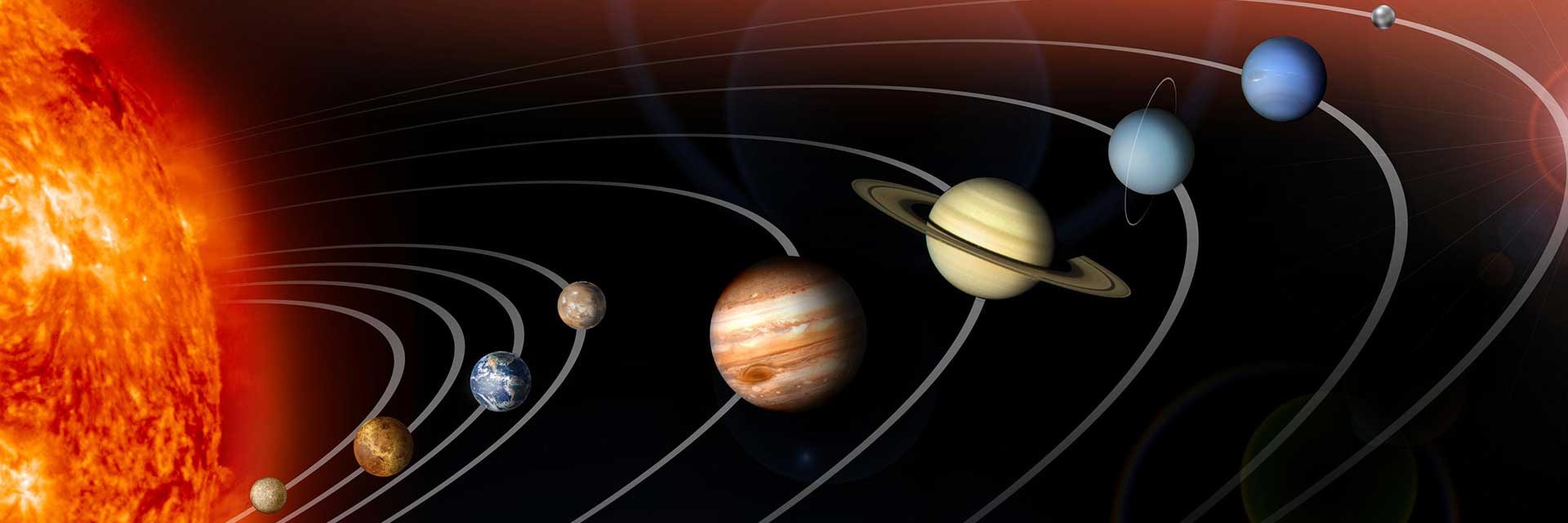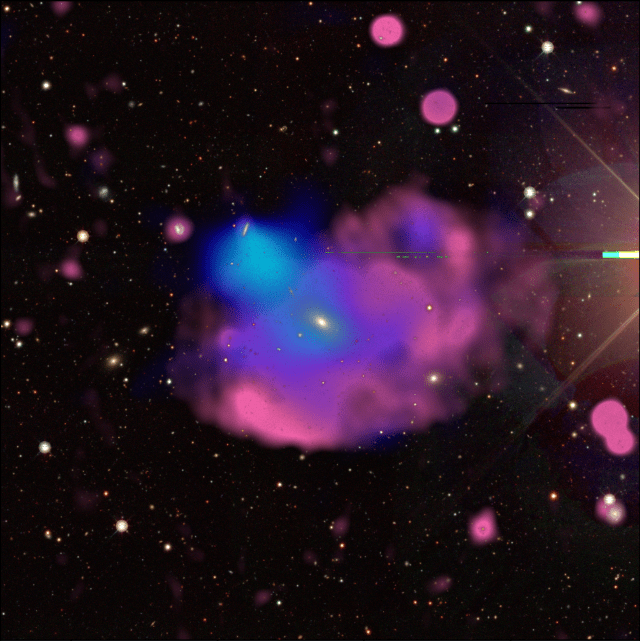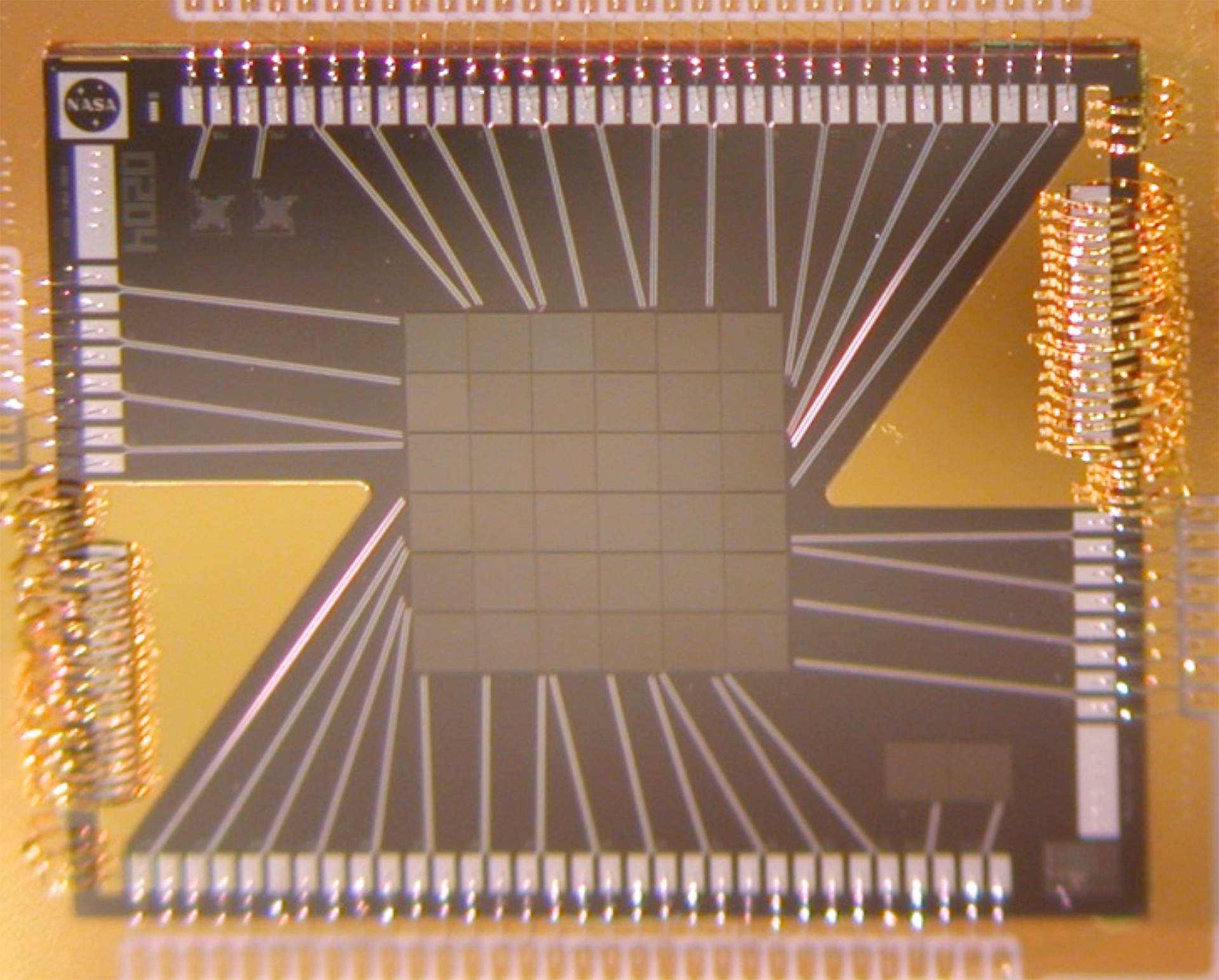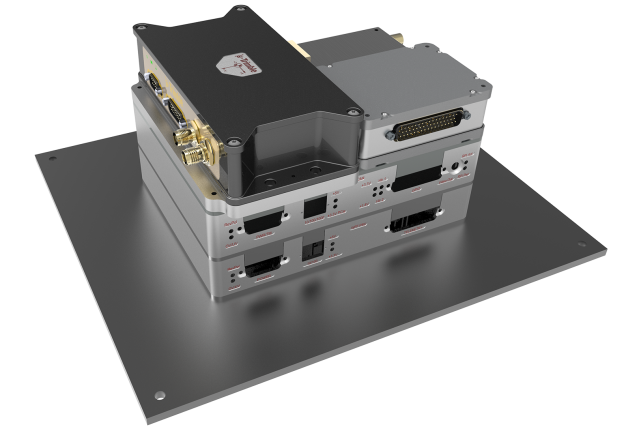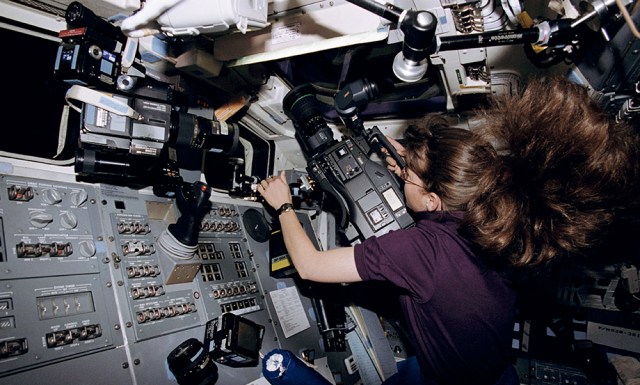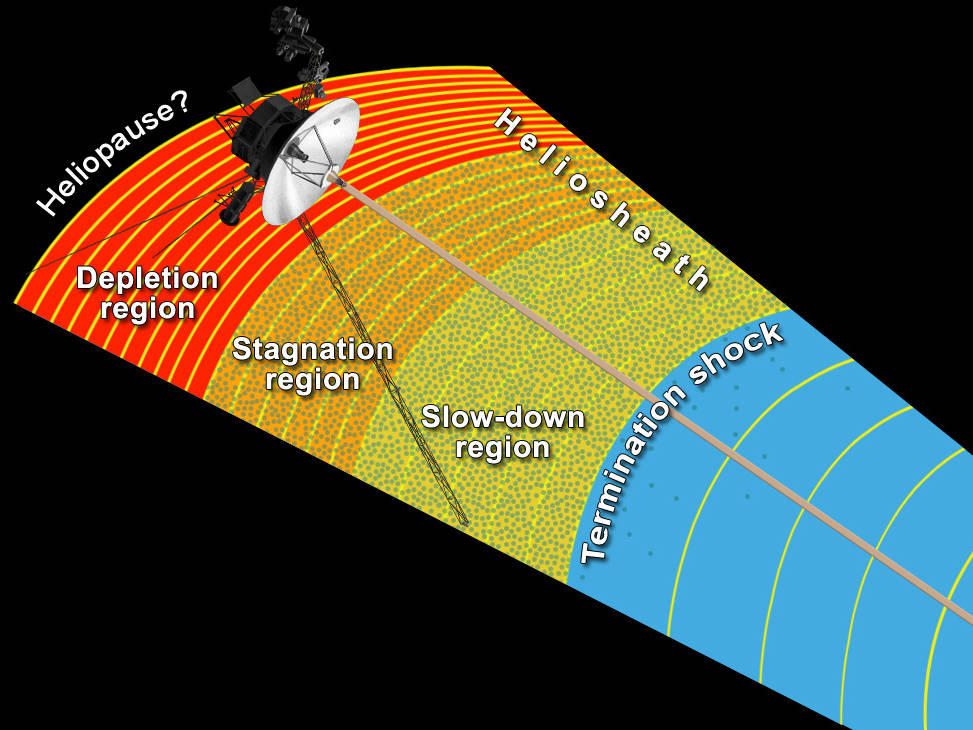This artist’s concept shows NASA’s Voyager 1 spacecraft exploring a region called the “depletion region” or “magnetic highway” at the outer limits of our heliosphere, the bubble the sun blows around itself. In this region, the magnetic field lines generated by our sun (yellow arcs) are piling up and intensifying and low-energy charged particles that are accelerated in the heliosphere’s turbulent outer later (green dots) have disappeared. Scientists think the depletion region is the last region Voyager 1 has to cross before reaching interstellar space, which is the space between stars, Voyager 1 passed a shockwave known as the termination shock in 2004, where solar wind suddenly slowed down and became turbulent.
In 2010, it then passed into an area called the “stagnation region” where the outward velocity of the solar wind slowed to zero and sporadically reversed direction. In the slow-down and stagnation regions, the prevalence of low-energy charged particles from our heliosphere jumped dramatically and is indicated by the green dots.
On Aug. 25, 2012, Voyager 1 entered the depletion or magnetic highway region, where the magnetic field acts as a kind of “magnetic highway” allowing energetic ions from inside the heliosphere to escape out, and cosmic rays from interstellar space zoom in. (To learn more about how this region acts as a magnetic highway, see http://photojournal.jpl.nasa.gov/catalog/PIA16486.)
Magnetic field lines form a spiral around the solar system because of the rotation of the sun (see http://photojournal.jpl.nasa.gov/catalog/PIA15179), and at the edge of the heliosphere they form roughly parallel arcs. Because an interstellar wind outside is pushing back on the heliosphere, magnetic field lines pile up as the solar wind slows, like cars back up at a freeway off-ramp. The compression of field lines increases the strength of the magnetic field as Voyager approaches interstellar space.
Since scientists don’t know the exact location of the heliopause – which is the border to interstellar space – that area has been labeled with a question mark. The Voyager spacecraft were built and continue to be operated by NASA’s Jet Propulsion Laboratory, in Pasadena, Calif. Caltech manages JPL for NASA. The Voyager missions are a part of NASA’s Heliophysics System Observatory, sponsored by the Heliophysics Division of the Science Mission Directorate at NASA Headquarters in Washington.
For more information about the Voyager spacecraft, visit: https://www.nasa.gov/voyager and http://voyager.jpl.nasa.gov.
Image credit: NASA/JPL-Caltech


